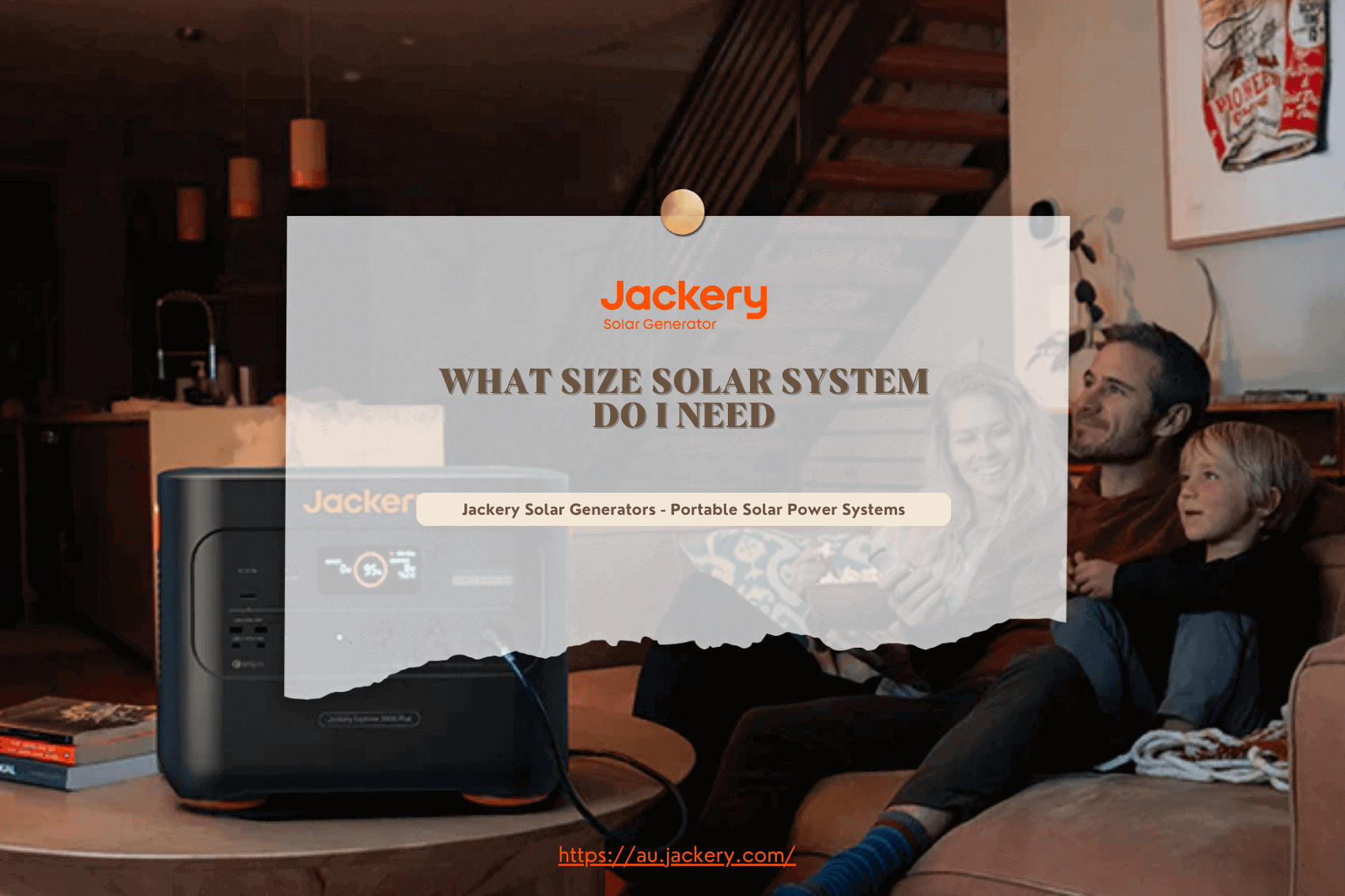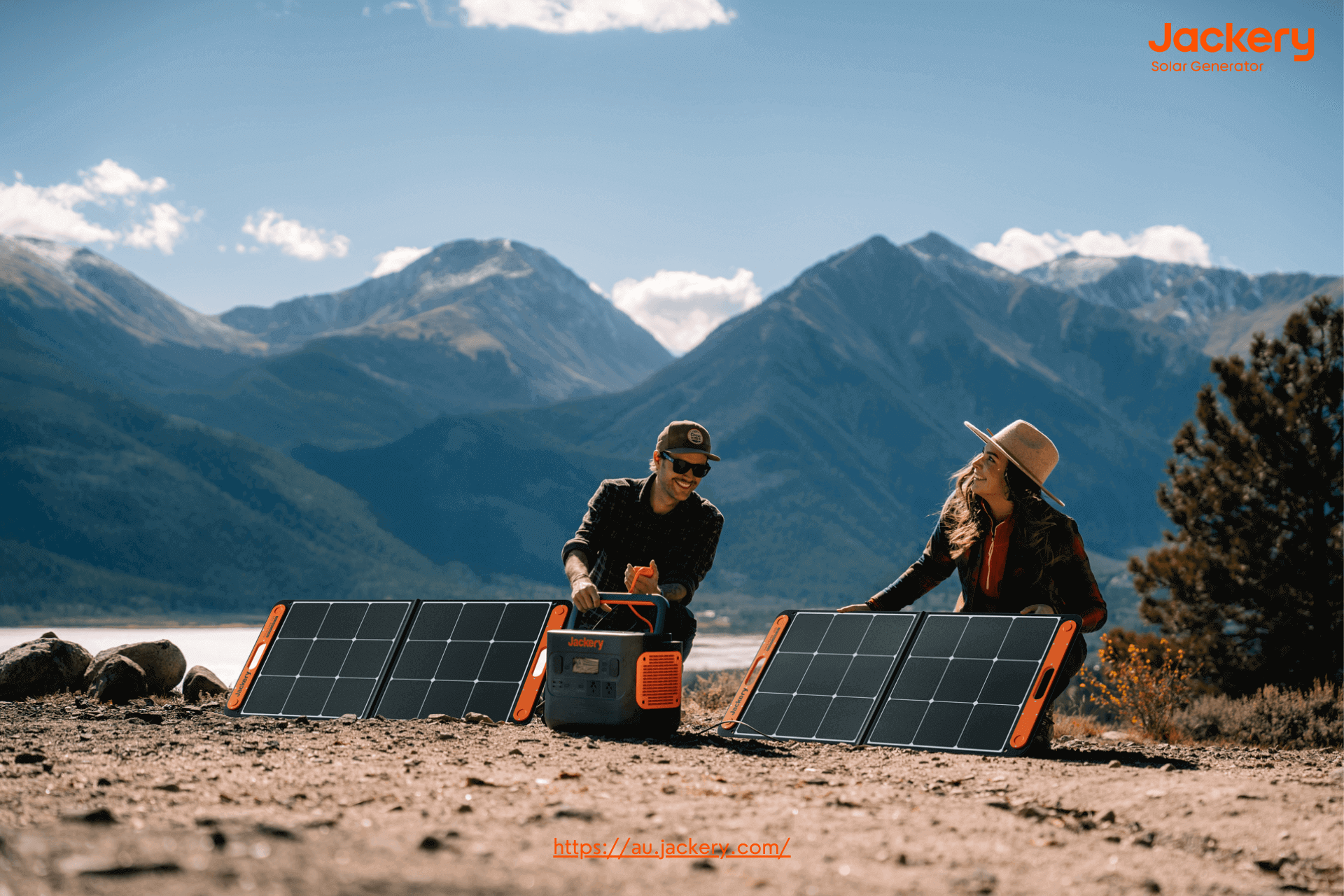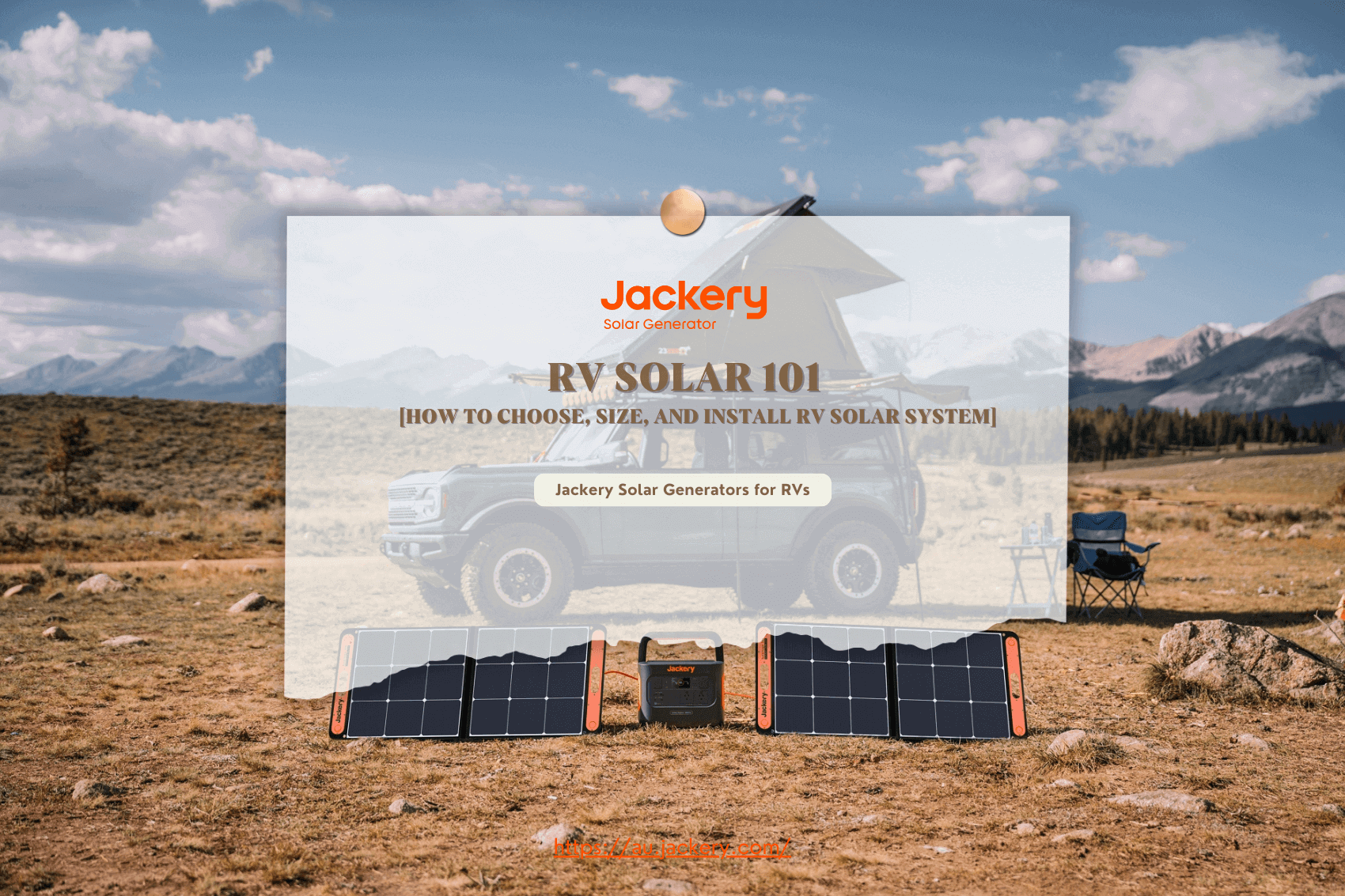|
Key Takeaways: |
|
• The solar power doesn't have to be returned to the grid; it can charge a battery instead. • A solar system and battery will cost between $25,000 and $35,000, depending on its size and other things like where you live. If you decide to buy storage after installing your panels, a battery alone can cost between $12,000 and $22,000. • It can cost anywhere from $2,000 to $15,000 more or less, depending on your solar battery type. • Most solar battery systems cost between $400 and $750 per kilowatt-hour (kWh). • Most of the time, having a local solar company check out costs between $150 and $300. |
What Is A Solar Battery?
Before we look at how much a solar battery costs, let's review how it works. When the sun is out during the day, solar panels make electricity. Firstly, this power is used to meet the needs of the home. Any extra power is then usually sent back into the grid. Some energy companies let customers sell their solar energy and repurchase it through a "feed-in tariff."
The extra power doesn't have to be returned to the grid; it can charge a battery instead. In the evening, the home battery storage device can be turned off so the owner doesn't have to buy as much power from the grid.
DC power is stored in batteries that use solar energy. A hybrid solar inverter can be hooked up to them with DC cords. Some have their inverter built in, like the Tesla Powerwall 3, so they can be connected to the main panel like any other AC device.
How Much Are Solar Batteries?
A solar system and battery will cost between $25,000 and $35,000, depending on its size and other things like where you live. Installing both your panels and the battery is usually easier and cheaper. If you decide to buy storage after installing your panels, a battery alone can cost between $12,000 and $22,000.
Solar Choice reports installing a residential solar battery usually costs between $1,000 and $1,300 per kWh capacity. The exact cost will depend on the installation's brand, size, and location.
Solar energy made up 12% of Australia's electricity production in 2021, a big jump from the 9% it made up in 2020.
The solar energy market is expected to produce 15.26 billion kilowatt-hours (KWh) of power in 2023. From 2023 to 2028, it is expected to grow at 2.60 per cent annually. Because of the higher demand, there are now many brands and kinds of solar batteries, which makes it hard to find the best solar battery in Australia.
If you take out all of the state-based rebates, the table below gives our current price index:
|
Battery Size |
Price |
Battery + Inverter |
|
3kWh |
$4,050 |
$4,850 |
|
8kWh |
$9,820 |
$11,240 |
|
12kWh |
$16,630 |
$18,130 |
|
18kWh |
$25,300 |
$28,250 |
Many of the costs depend on the type of solar batteries, their capacity, and how often they need to be maintained or fixed.
Solar Batteries Costs by Different Types
Depending on your solar battery type, it can cost anywhere from $2,000 to $15,000 more or less. Lead-acid, lithium-ion, and lithium-iron-phosphate batteries are the most popular types used in solar solar systems.
For a whole-house battery setup, here is a list of each type of battery:
|
Battery Type |
Cost |
Features |
|
Lithium-ion |
$6,000-30,000 |
Higher initial costs, but higher power density & efficiency, longer lifespan |
|
LiFePO4 |
$8,500-32,000 |
Highest costs, but long-lasting, highest efficiency, resistance to extreme weather, low maintenance |
|
Lead-acid |
$5,000-15,000 |
It is an affordable option, but it has lower efficiency, has outdated technology, and needs extra maintenance |
Solar Batteries Costs by Capacities
The cost will depend on how much power your system can produce. Most solar battery systems cost between $400 and $750 per kilowatt-hour (kWh). A solar battery usually holds about 10 kWh of power. A typical solar battery system costs between $4,000 and $7,500, not counting the installation cost.
You can, however, buy separate batteries to make much smaller partial solar battery systems or more extensive systems for homes that need more power than the average system can provide.
|
Battery Capacity (kWh) |
Cost |
|
1 kWh |
$500-750 |
|
3 kWh |
$1,500-3,000 |
|
5 kWh |
$2,000-4,000 |
|
10 kWh |
$5,000-7,500 |
|
15 kWh |
$7,000-11,850 |
|
20 kWh |
$8,000-11,250 |
|
30 kWh |
$10,000-15,000 |
Solar Batteries Costs by Maintenance
Most of the time, it costs between $150 and $300 to have a local solar company check out and manage your battery system. Solar batteries last longer if you take care of them regularly. Maintenance checks the batteries, turns them over, and cleans the connections.
Solar Batteries Costs by Repairs
Most fully integrated solar battery systems come in a protective storage box. This can be useful and unobtrusive, but it can be harder to fix if the box breaks. You may also need to talk to a professional through the company that sold you the solar battery system so you can keep all the guarantees.
Solar Batteries Costs by Replacement
Depending on how much power the battery has, the cost to repair it will vary. Most of the time, you'll have to pay the battery and the fitting fee if you need to hire a professional. You don't have to be a pro to change some smaller cells.
What Factors Affect The Costs of Solar Batteries?
Adding solar batteries to a home's solar system can make it much more valuable, especially when the power goes out. There are many options on the market today, so the price of solar batteries could be very different. So, it's important to list a few key things that affect the cost of solar batteries. Here are the most important ones broken down.
Capacity: The most significant factor that might affect the price of a solar battery is its size. How much power a solar battery can store is called its capacity. Most of the time, the bigger your battery, the longer you'll have power if it goes out, but it also costs more. Most home batteries can hold between 10 and 20 kWh of electricity, but you'll need to figure out what size solar battery you need for your PV system.
Battery Type: The price may also be affected by the type of battery used. One example is that lithium-ion batteries are the most popular in homes. Lithium-ion batteries, like nickel-manganese (NMC) batteries, are less expensive than lithium-ion phosphate (LFP) batteries.
People may even choose less expensive lead-acid batteries. But they'll have to deal with the fact that these batteries don't last as long, don't hold as much power, and must be serviced more often. Jackery Portable Power Stations adopt the two most popular solar batteries - lithium-ion and LiFePO4 to maintain a stable and consistent power supply.

DC vs AC: Regular batteries cost more than alternating current (AC) batteries because AC batteries have more parts that need to be put together. However, it's important to note that DC batteries aren't as flexible or valuable as AC cells. In addition, DC batteries might not work with your solar setup. On the other hand, AC batteries work better with all types of solar systems.
Solar Battery Manufacturer: Brand is another factor affecting price, and Australia's best solar batteries will cost more. Sun batteries cost different amounts depending on the brand's name, quality, and customer service after the sale. For instance, Sonnen, a German company, makes high-end solar cells that cost more than $30,000 each. On the other end of the price range is the electric car Tesla Powerwall, which costs about $11,000.
Backup Load Panel: Solar batteries can only run a few of your home's appliances if you want to spend a lot of money on batteries. Instead, you would decide which tools and appliances you want to stay powered even if the power goes out.
You would need a sub-panel, a critical load panel or a backup panel to send power to those machines and systems. Most of the time, these panels cost at least $1,000, not counting the installation cost.
Incentives and Rebates: Because solar batteries are expensive to buy upfront and don't always pay for themselves throughout their useful life, incentives and refunds are necessary. Your state or local government in Australia may offer incentives or rebates to lower the initial cost of your solar battery, making it easier for more people to use green energy. However, not all governments offer rebates and rewards, and the amounts they cover vary from state to state.
Labour Costs: It can cost thousands of dollars to buy, install, and set up a solar battery and all the tools to work right. Because of this, hiring an installer with a lot of solar battery systems knowledge is essential. Make sure to pay attention to the installation and upkeep prices!
But if you want to try solar goods but don't have much money, you should buy a solar generator to live a more environmentally friendly life and use solar energy. The Jackery Solar Generator comprises solar panels and a portable power station. This is the lithium-ion solar battery that makes up the Portable Power Station.
Jackery Portable Power Stations with Lithium-ion Solar Batteries
The technology behind the Jackery Portable Power Stations has been updated and made better to give you power whenever and wherever you need it.

The Jackery Portable Power Station has a high-quality lithium battery, an MPPT charge controller, and a pure sine wave inverter to ensure your phones, fridge, TV, lights, and other home and personal electronics always have power, even in an emergency or while you're camping.
Jackery Explorer 1000 Pro
The Jackery Explorer 1000 Pro Portable Power Station is an entirely suitable power station that simultaneously charges multiple devices! The 1000W compact power station has a 1002Wh battery that keeps your electronics charged when camping or when the power goes out. It has the best BMS, pure sine wave technology, 94V-0 fire-rated material, a handle that can be folded up, and only 25.4 pounds.
This solar charging station can power 90% of your outdoor gear, from cell phones to portable coolers. The unique charging algorithm ensures that 80% of the battery's capacity stays even after 1000 rounds.
For ten years, you could camp with the Explorer 1000 Pro every week, and it would still be able to hold 80% of its weight. It can also stay on standby for over a year at total capacity, making it a reliable emergency backup power source.
Product Specs
Capacity: 1002Wh, 1000W Inverter, 2000W Peak
Output Ports: 3*AC Outputs: 120V, 60Hz, 1000W Inverter, 2000W Peak; 2*USB-A Outputs: 2*Quick Charge 3.0, 18W Max; 2*USB-C Outputs: 100W Max, 5V, 9V, 12V, 15V, 20V up to 5A; 1*Carport: 12V⎓10A.
Recharging Methods: Explorer 1000 Pro + 4*SolarSaga 100W = 3.8H, Explorer 1000 Pro + 2*SolarSaga 100W = 7H, Explorer 1000 Pro + 1*SolarSaga 100W = 13.5H, Explorer 1000 Pro + 6*SolarSaga 80W = 3H, AC adapter = 1.8H, Carport = 12H.
Design: Jackery Explorer 1000 Pro is only 25.4 pounds, about 70% of the weight, and is small compared to similar options. Its comfortable handle makes it easy to take while camping, RVing, or working outside.

Jackery Explorer 500
The Jackery Explorer 500 Portable Power Station can power gadgets with low to high power for a long time. The power station is excellent for emergency backup plans, especially for charging CPAP machines. It has a sizeable 518Wh battery, a comfortable design, a handle that can be folded up, and the best BMS technology in the business. It's straightforward to move around because it only weighs 13.32 pounds.
With the Jackery Explorer 500 Portable Power Station, you don't have to look for an outlet to charge your devices. Solar panels, car plugs, and electric generators are just a few other ways to charge your electric devices, like your CPAP, light, TV, radio, etc., anywhere, at any time.
The best thing about the Jackery Explorer 500 Power Station is its extended battery life. There will still be 80% power in the power station's batteries, even after 800 charges.
Product Specs
Capacity: 518Wh, 500W Inverter, 1000W Peak
Output Ports: 1*AC Outputs: 110V, 60Hz, 500W Inverter, 1000W Peak; 2*DC Outputs: 12V⎓7A; 2*USB-A Outputs: 5V⎓2.4A; 1*Carport: 12V⎓10A.
Recharging Methods: Explorer 500 + 1*SolarSaga 100W = 9H, Explorer 500 + 1*SolarSaga 80W = 9.4H, AC adapter = 7.5H, Carport = 7.5H.
Design: The portable power source is powerful and can handle both hot and cold temperatures. The power station is safe from short circuits, overcharging, overvoltages, and other problems thanks to the superior MPPT charge controller and pure sine wave converter.

Jackery Explorer 300 Plus
The Jackery Explorer 300 Plus can charge multiple devices quickly, has a capacity of 288Wh, a power output of 300W, two PD ports with a maximum output of 100W each, and numerous charging choices. It can be used for charging outside or in an emergency at home. A 150W camera can run on it for 1.6 hours, and a 60W portable speaker can run on it for 4 hours.
Our improved technology lets you charge efficiently for faster charging times and longer battery life. Stay charged and linked, Whether at home or on the go. The Lithium Iron Phosphate (LiFePO4) battery in the Jackery Explorer 300 Plus portable power station lasts ten years. It keeps your electrical equipment safe by giving a steady voltage and pure sine wave.
Also, the one-of-a-kind ChargeShield technology and constant power delivery keep devices from getting damaged. Our improved charging system ensures that batteries last longer and charge more quickly. Be sure to charge and connect your phone when camping, RVing, or doing anything else!
Product Specs
Capacity: 288Wh, 300W Inverter, 600W Peak
Output Ports: 1*AC Outputs: 230V, 50Hz, 300W Rated, 600W Surge Peak, 2*USB-C Outputs: 100W Max, 1*Carport: 12V⎓10A.
Recharging Methods: Explorer 300 Plus + 1*SolarSaga 80W = 6.3H, Explorer 500 + 1*SolarSaga 80W = 9.4H, AC adapter = 2H, Carport = 5.5H, USB Charging = 4H.
Design: The Jackery Explorer 300 Plus Portable Power Station fits easily in your backpack, weighing only 3.75 kilograms.

How Much Money Can Solar Batteries Save?
Depending on the size of the battery and how much power the home uses, solar energy storage can save the average Australian home anywhere from $100 to more than $1,000 a year. A solar battery will pay for itself over time, but the exact time will depend on how much it is used.
Suppose an Australian family of four already has a 5kW solar setup. The house uses about 20 kWh of electricity every day. The house takes 30¢/kWh of power from the grid, which adds up to $6 per day. The solar setup makes 20 kWh of electricity every day on a good day. Because of these things, the family can save 30c/kWh daily.
If this family buys a Tesla Powerwall for $14,500, it can store 13.5 kWh of power. This power will likely be used in the evening. If so, and based on how the family lives, going off the grid could save them about $4 a day or $1,500 a year.
There are 5 kWh left in the battery, and the house uses 2 kWh daily. The family can save an extra $200 a year. The additional 3 kWh can be returned to the power grid, saving them an extra $87 annually.
How Long Does A Solar Battery Payback Period?
A battery that isn't supported will usually pay for itself in 10 to 20 years. Even so, you are still making, saving, and using energy that is good for the environment, which lowers your monthly power bills.
Now, let's look at the family from above again. You can get a 15-year guarantee on the Powerwall 2. The ROI would be paid for by the 10th year when the $1,500 saved each year is considered.
A 5kW solar PV system that doesn't have a battery can pay for itself in five years with a 22.9% ROI. This is why picking the correct solar battery for your needs and how much energy you use is essential. The payback time can be shortened by buying the most cost-effective solar battery. However, that may be a better option if you want to save money on energy costs through feed-in tariffs instead of storing energy.
It is essential to remember that the amount of energy used and made changes throughout the year. There will be times when your home uses a lot of electricity, and based on where you live, there may be weeks or even months when your solar system gets less sun. So, the time it takes for your solar battery to pay for itself will depend on many factors.
Solar Batteries Costs FAQs
The following are the most frequently asked questions about how much solar batteries cost:
- 1. How much does it cost to install a solar battery?
Prices of solar cells have been going down by about 14% a year for the past few years. This is because the technology behind them is getting better and more efficient. Installing a residential solar battery can cost anywhere from $1,000 to $1,300 per kWh of capacity, based on the brand, size, and location.
- 2. How many solar batteries are needed to power a house?
You can use solar power to power your whole house, but you must buy at least one battery. There are different sizes of solar batteries for homes that use different amounts of power. Your size will depend on how much energy your solar panel and battery can put out. Sun batteries come in black and white styles, so you can pick the one that looks best in your home.
- 3. Is it worth getting a battery with solar?
Several things affect your decision about whether to buy home battery storage. How much energy you use, your goals, and how much you depend on the grid all play significant parts. Solar batteries might be a good buy, but it depends on how much energy you use at home, your choice of type, and any rebates or other incentives you can get.
A battery could be helpful if your power goes out often or you want extra control. Check out your area's government rebates, incentives, and energy rates to see how much money you can save.
- How do you choose solar batteries in Australia?
In Australia, when picking solar batteries, you should consider how much energy you need, the battery's capacity and performance, how well it works with your solar system, the guarantee, and the price. Check the battery's kilowatt-hours (kWh) storage to see if it can handle your daily needs.
Look for brands and types you can trust that have been tested and proven to work well. Ensure it works with your solar system, and look for government rebates or rewards. Check out the guarantee terms and the cost per kilowatt-hour.
Consider how to place it and whether the battery can provide backup power. Get help from a professional to ensure your choice fits your wants and circumstances.
Final Thoughts
One of the best things you can buy is a solar battery, which will meet your power needs in a more environmentally friendly way. Solar battery storage saves the average Australian home between $100 and more than $1,000 annually. It is a good idea to go solar! Also, if you want to try solar goods but don't have much money, look at Jackery Portable Power Stations, which use high-quality lithium-ion batteries.



















































![How Much Are Solar Batteries in Australia [2024]](http://au.jackery.com/cdn/shop/articles/how_much_are_solar_batteries.png?v=1715758381)






